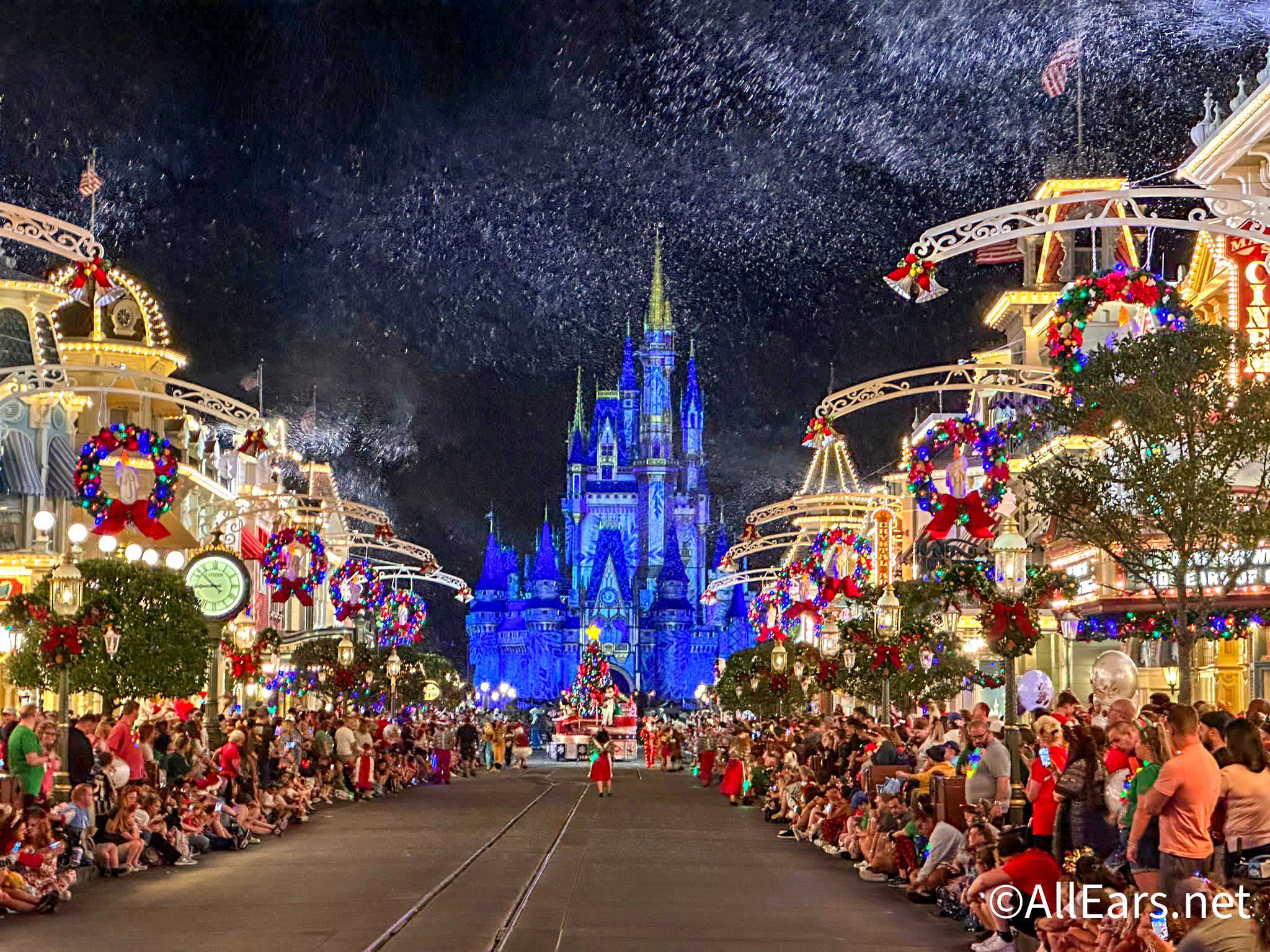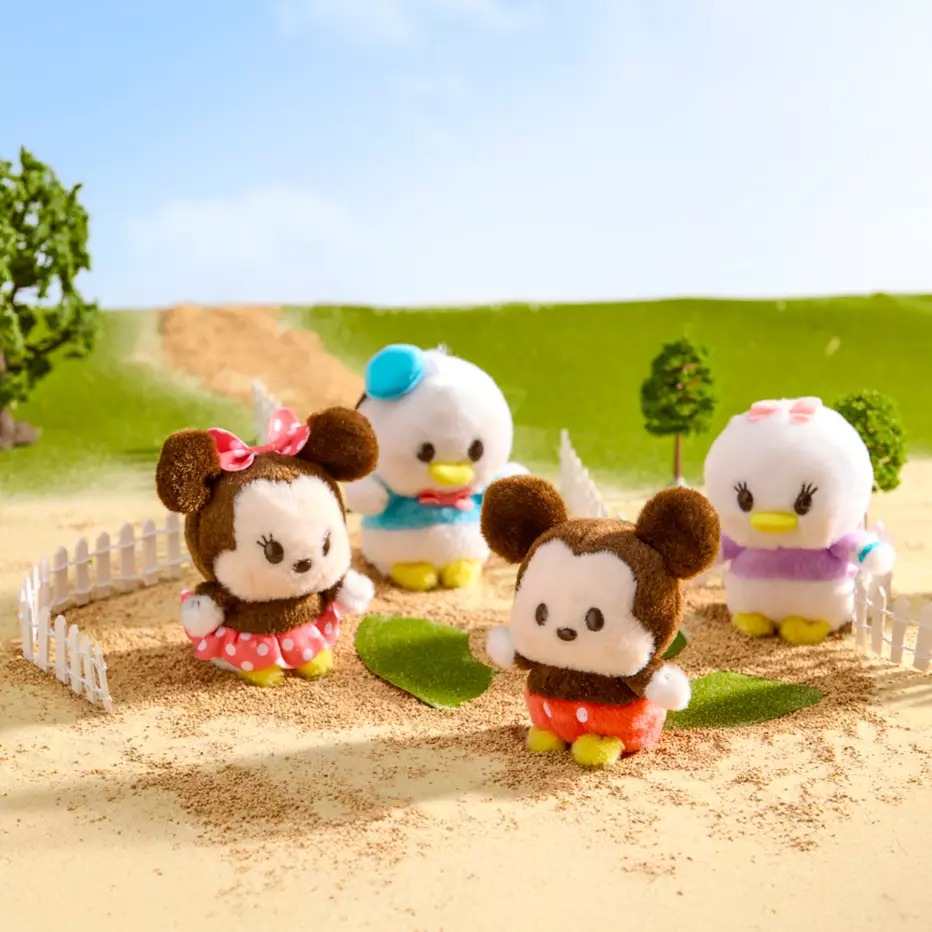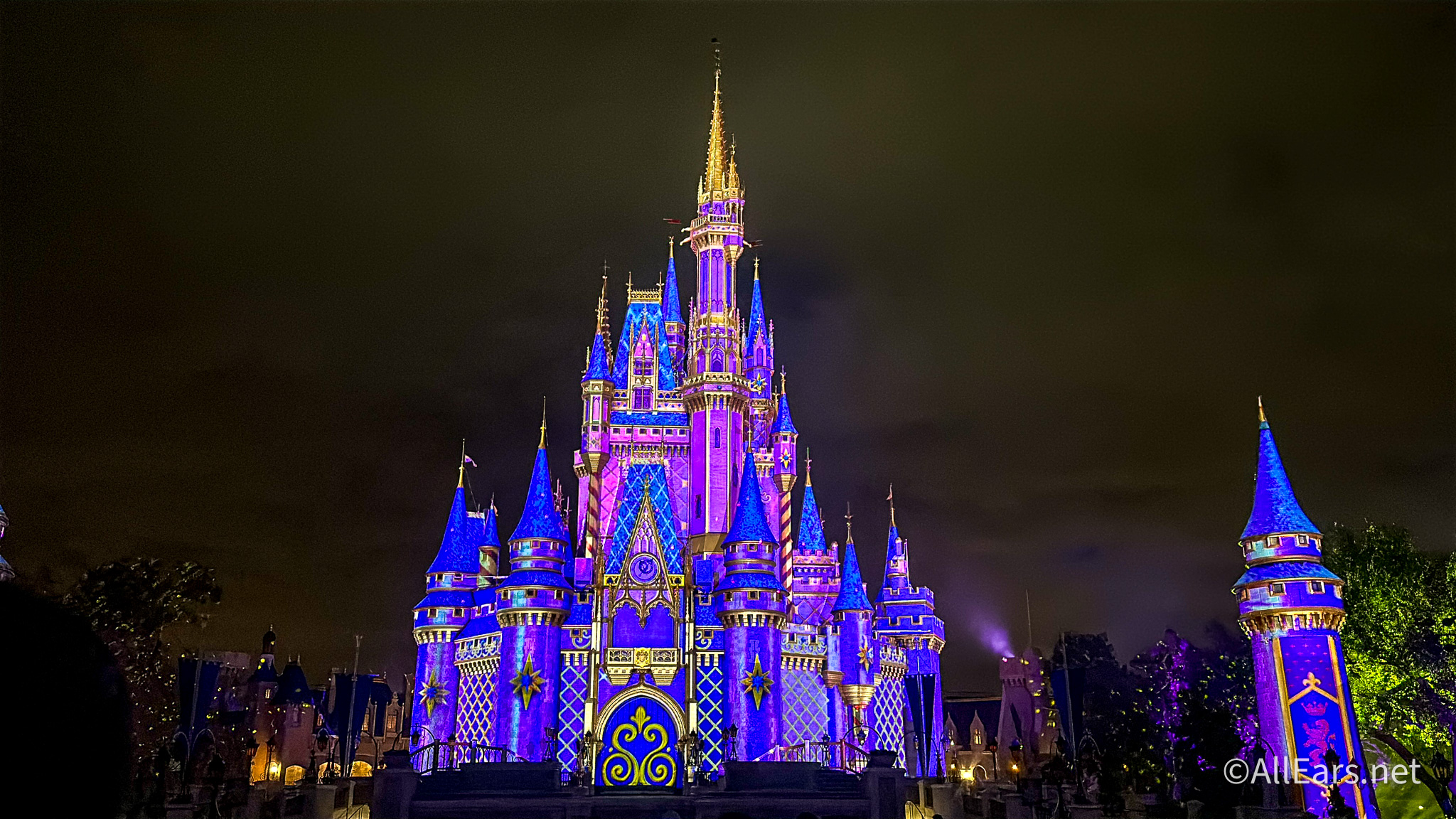Once in awhile, we’d like to share with you some of the questions we receive from our dear readers here on the Picture This! Blog. We find them challenging and we hope you find them informative.
Becky asked:
I know for film lenses, there is a conversion of 1.5x’s if used on a digital SLR. If a person bought a DX lens, is there still a conversion or would an 18mm really be an 18mm?
Scott answered:
While Nikon DX lenses are built for the smaller digital sensors, they are still referred to in 35mm ranges. I guess it’s easier for marketing? As an example, my 18-200mm VR zoom lens is equivalent to a 27-300mm full frame, note 35mm, camera lens. So, if you have a 50mm lens that would turn into a 75mm on a Nikon DX digital camera body.
Additional Information: You hear the term “crop factor” and “full-frame” when referring to different digital SLR cameras. Cropped means the image sensor is smaller than the traditional 35mm. Nikon SLRs are a 1.5x crop (meaning you muliply by 1.5 the focal length of the lens to get it’s 35mm equivalent). Full-frame camera sensors are a full 35mm and have no crop multiplier. Examples of these cameras are the Canon 5D and Nikon D3. For more information, go to this link: Crop Factor Explained
Connie asked:
Please can you explain the “Rule of Thirds” in a very elementary way. To quote Denzel Washington from Phildaelphia. “Explain it to me like a 6 year old”.
Barrie answered:
Hi Connie – the simplest way to follow the rule of thirds is to just make a point of not putting your subject in the center of the frame.
You can practice like this:
- Focus on something in the middle of your frame, the way you normally would.
- Hold the shutter release button halfway down.
- Move your camera slightly down and to the right until your subject falls somewhere (about halfway) between the center and the upper left corner. It doesn’t have to be exact – wherever it looks best to you is perfect.
- Now move your camera again so the subject is halfway between the center and the bottom left corner. Next, try moving it towards the corners on the right hand side.
- When you find a spot that looks good to you, click the shutter release all the way down.
Laura asked:
I have been reading the Picture This blog since it started because I had
hopes of one day soon owning an SLR camera and I thought I would get a head start on my learning (I’ve always owned point and shoots–my current being a Canon Powershot 500). Last week I finally got my first SLR (Olympus Evolt 410). I’m realizing what a different world the SLRs are compared to the point and shoot cameras and I am really lost!
I’ve never taken a photography class, but majored in graphic design so I’m pretty proficient with shot layouts and Photoshop. My question is, since I have no background working with a ‘real’ [note: dSLR] camera, what books and/or resources should I use to help educate myself? I am much more of a visual learner than I am a reading learner. I’m going to WDW at the end of January and I’d like to have learned enough to be able to bring my new camera with me.
Lisa suggested:
A DVD tutorial on the Olympus Evolt E-410
Olympus’ webpage for the Evolt E-410 with introduction video
Barrie suggested:
Hi Laura – I am the kind of person that learns new things from books. I learned all my computer skills that way, reading those big 4 inch software how-to books. I have had a heck of a time learning photography that way though. I’ve read many books but these are the ones I’ve learned the most from:
This one is really good, recommended by pretty much everyone.
This one, and the next one, are great beginner books. They’re very easy reads. The one below is coming out next week I think. [note: It is now available.]
The Digital Photography Book by Scott Kelby
The Digital Photography Book, Volume 2 by Scott Kelby
Scott suggested:
Here’s a nice blog article on digital SLR exposure:
Aperture, ISO and Shutter Speed – The Good Kind of Threesome
Yeah, the blog title is a bit interesting to say the least but it’s very informative. 🙂
We hope you like this feature and if you have any questions about digital photography, in general, or at Walt Disney World, in particular, just send us a comment via the link you’ll find just below our articles. Thank you for reading!























Trending Now
Heads up if you're about to stay at the Wilderness lodge for the first time.
Grab these discounted Disney gifts online RIGHT NOW!
Here are a couple of clues about Mickey's Very Merry Christmas Party 2025 at Disney...
Why does this abandoned land sit in the middle of Islands of Adventure?
No matter how tempting it might be to stay in line for Slinky Dog Dash...
There are a couple of defunct Disney World terms that we absolutely refuse to stop...
As a Disney Pro, I'm always on the lookout for the best Disney souvenirs, and...
As a Disney Pro, I'm always on the lookout for Disney essentials, and these are...
Heading to Disney next year? Prices may surprise you.
There is one ride I will NOT do in Epic Universe.
Check out the exclusive Coca-Cola Star Wars cans and bottles coming to Disney World and...
We've gotta talk about a couple of perks of the Disney World hotel pools that...
Test Track is FINALLY reopening soon in Disney World, and now we know how we...
ANOTHER restaurant at Disney's Dolphin Hotel is permanently closing to make way for a new...
A classic Disney attraction is closing soon!
We just got another look at Disney's newest hotel!
BREAKING: Spaceship Earth is temporarily closing this summer at EPCOT!
NEW Extended Evening Hours are coming to Magic Kingdom!
This Magic Kingdom attraction has officially reopened!
We just went to Disney Springs to try some more stuff from the Flavors of...